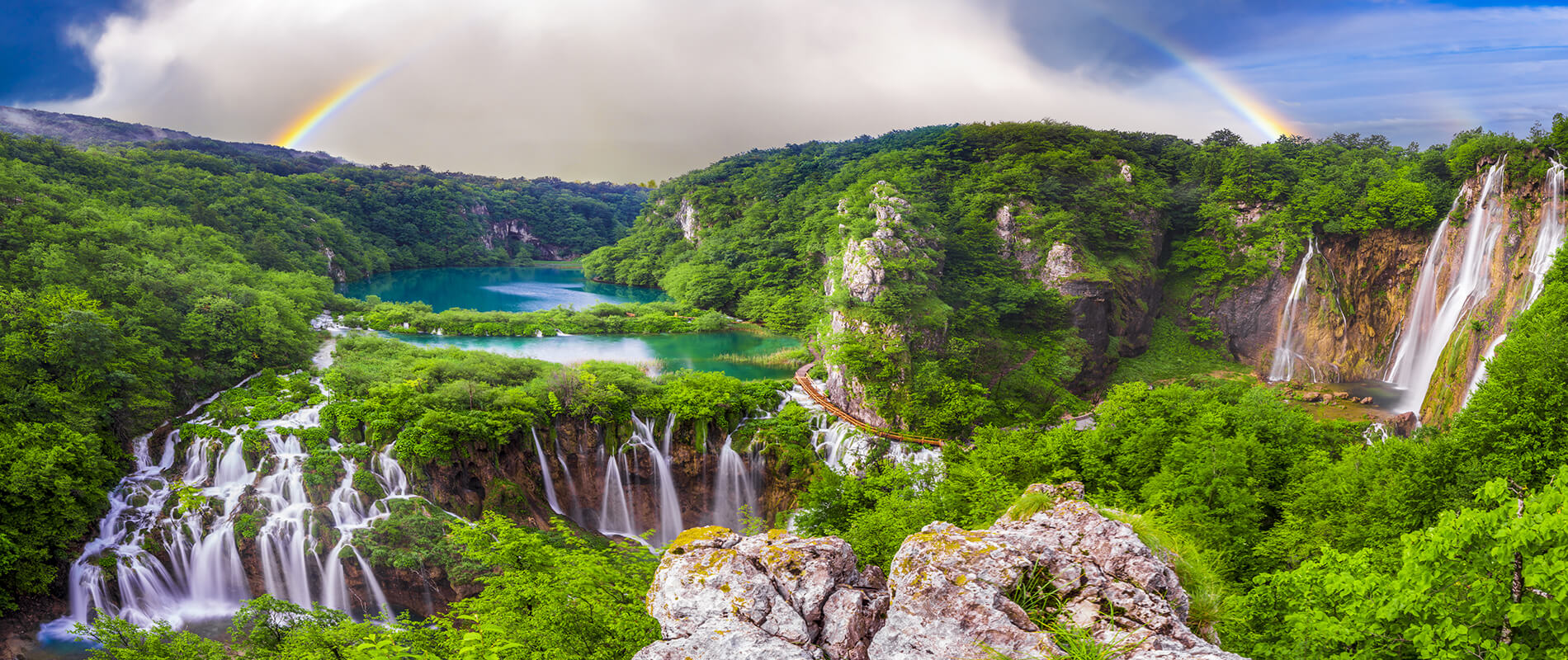Avenue of the Baobabs: Madagascar’s Majestic Natural Landmark
Deep in the heart of Madagascar’s Menabe region, along a dusty road near the coastal town of Morondava, lies one of the world’s most iconic natural sights—the Avenue of the Baobabs. This awe-inspiring stretch of road is lined with ancient, towering baobab trees that have stood for centuries, their massive trunks and sprawling branches creating a surreal and timeless landscape. Whether bathed in the golden hues of sunrise or the vibrant glow of sunset, the Avenue of the Baobabs offers an unforgettable experience that blends natural beauty, history, and a sense of wonder.
A Living Legacy of Madagascar
Madagascar is renowned for its unique flora and fauna, with over 90% of its species found nowhere else on Earth. Among its most famous treasures are the baobab trees—often called the “Tree of Life” because of their ability to store water and provide shelter and food for both people and wildlife. The baobabs that line this famed avenue are believed to be over 800 years old. Their enormous trunks, which can reach diameters of several meters, and their distinctive, almost otherworldly silhouettes have become a symbol of the island’s natural heritage.
The origin of these magnificent trees is shrouded in myth and legend. Local Malagasy folklore often attributes mystical qualities to the baobabs, believing them to be the dwelling places of spirits and ancestors. Today, these trees not only stand as natural monuments but also as cultural icons, inspiring artists, poets, and travelers from around the globe.
The Geographical Marvel of the Avenue
Stretching over a few kilometers, the Avenue of the Baobabs is not a naturally occurring road but rather an impressive display of nature’s art. The alignment of the baobabs along this route is both striking and seemingly deliberate. The trees are spaced in such a way that they create a visual corridor, leading the eye toward the horizon where the sky and the land meet.
What makes the avenue truly magical is the way light interacts with the trees. During the early morning and late afternoon, the low sun casts long shadows and bathes the landscape in warm, golden light. This natural illumination accentuates the texture and color of the baobab bark, giving the trees a majestic, almost ethereal quality.
Best Time to Visit
The allure of the Avenue of the Baobabs is timeless, but there are optimal times to visit for the best photographic opportunities and a more serene experience:
- Sunrise and Sunset: These are the golden hours when the light is soft and warm, casting dramatic shadows and bringing out the vibrant hues of the landscape. Many photographers flock to the site at these times to capture the stunning interplay of light and shadow.
- Dry Season (May to October): During this period, the weather is generally clear and dry, making for comfortable exploration and clear views of the trees.
- Off-Peak Times: Visiting during the shoulder seasons can provide a more intimate experience with fewer tourists, allowing you to fully appreciate the natural beauty of the avenue.
Exploring the Surrounding Region
While the Avenue of the Baobabs is the star attraction, the surrounding region of western Madagascar offers additional adventures and discoveries. The area around Morondava is rich in biodiversity and traditional culture.
Local Villages and Culture
Small villages dot the landscape near the avenue, where you can experience the daily life of the Malagasy people. Traditional crafts, local cuisine, and vibrant markets provide an authentic glimpse into the region’s culture. Engaging with local artisans and sampling regional dishes, such as fresh seafood and zebu meat, enriches your visit and deepens your appreciation for the local way of life.
Nearby Natural Attractions
For those eager to explore more of Madagascar’s unique environment, there are several notable destinations nearby:
- Kirindy Forest: A dry deciduous forest known for its diverse wildlife, including the elusive fossa, Madagascar’s top predator, as well as various lemur species and unique birds.
- Baobab Amoureux: Often referred to as the “Lovers’ Baobabs,” these intertwined trees are a romantic sight and a popular photo spot.
- Coastal Beaches: The nearby coastal region around Morondava offers beautiful, unspoiled beaches where you can relax and enjoy the gentle rhythm of the Indian Ocean.
The Environmental Importance of Baobabs
Baobab trees play a vital role in the local ecosystem. Their ability to store water in their massive trunks helps stabilize the soil and maintain local moisture levels, which is crucial in Madagascar’s often arid climate. The trees also provide food and shelter for various species of birds, insects, and small mammals.
In recent years, conservation efforts have become increasingly important. The unique landscapes of western Madagascar, including the Avenue of the Baobabs, face threats from climate change, deforestation, and unsustainable tourism. Local organizations and international partnerships are working to promote sustainable practices, ensuring that these natural wonders are preserved for future generations.
Capturing the Magic: Photography Tips
Photographers from around the world are drawn to the Avenue of the Baobabs, and for good reason. Here are some tips to help you capture the best images:
- Golden Hours: Plan your visit for sunrise or sunset to take advantage of the soft, warm light that accentuates the textures and colors of the trees.
- Wide-Angle Lenses: A wide-angle lens can capture the full breadth of the avenue, highlighting the dramatic landscape and the horizon.
- Incorporate Foreground Interest: Use elements such as paths, local flora, or even people to add depth and context to your photos.
- Experiment with Perspectives: Try shooting from different angles and heights to find unique compositions that showcase the symmetry and beauty of the baobabs.
- Post-Processing: A little editing can help enhance the colors and contrast in your photos, but strive to keep the images natural and true to the experience.
Sustainable Tourism: Respecting the Land
While the beauty of the Avenue of the Baobabs draws many visitors, it is crucial to travel responsibly. The delicate environment of this region requires careful preservation practices to ensure that it remains pristine. Here are some guidelines for sustainable tourism:
- Stay on Designated Paths: To avoid damaging the fragile soil and vegetation, always follow the established trails.
- Respect Local Communities: Engage with local residents and learn about their culture. Purchase souvenirs directly from local artisans to support the community.
- Minimize Waste: Carry reusable water bottles, bags, and other eco-friendly items to reduce your environmental footprint.
- Leave No Trace: Dispose of waste properly and be mindful of your impact on the landscape. Every small effort counts toward preserving this natural wonder.
Final Thoughts: A Journey to Remember
The Avenue of the Baobabs is not just a scenic route—it’s a living testament to the beauty and resilience of nature. Walking along this iconic avenue, you can’t help but feel a sense of wonder and humility. The ancient baobabs, with their towering presence and timeless beauty, invite you to slow down and reflect on the passage of time and the enduring power of the natural world.
For travelers, photographers, and nature enthusiasts alike, a visit to the Avenue of the Baobabs is an experience that transcends the ordinary. It is a reminder of the incredible beauty that our planet holds and the importance of preserving it for future generations. Whether you’re exploring the area for its natural splendor or engaging with the rich local culture, the journey through this remarkable landscape will leave you with memories to cherish for a lifetime.


